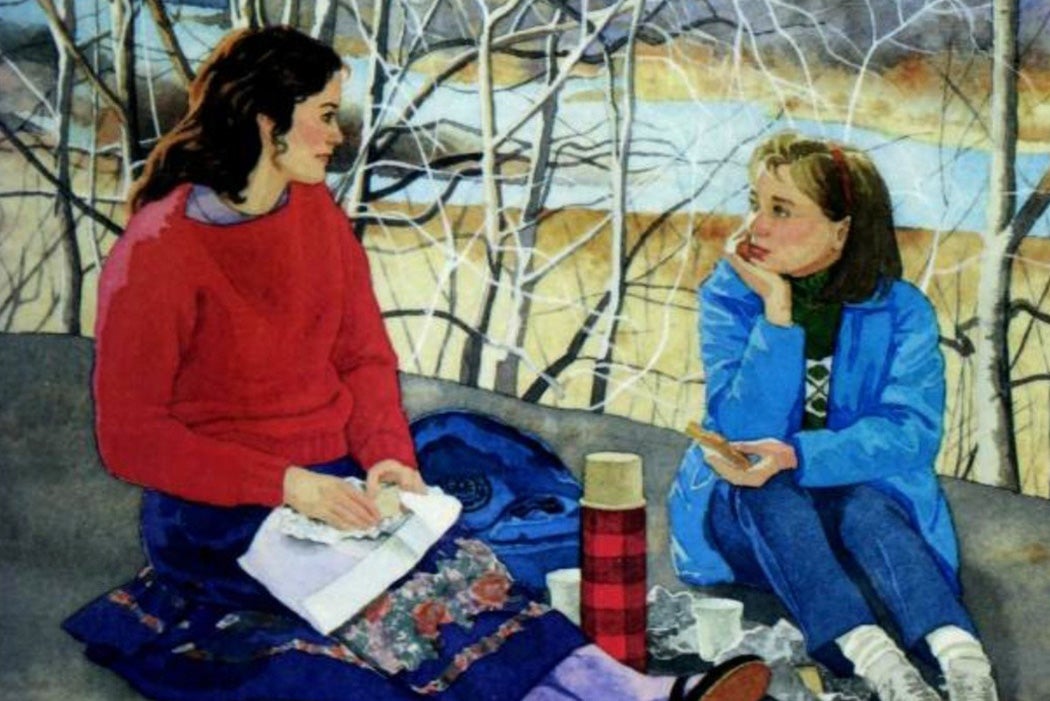In 2021 alone, publishers have released hundreds of LGBTQ+ young adult novels, from realistic romantic stories of Black lesbian teenagers to tongue-in-cheek superhero comics featuring transgender mutants. While queer YA has exploded over the past decade, it began in the middle of the 20th century, as library and information sciences scholar Christine Jenkins wrote back in 1998.
Jenkins writes that the modern history of the Young Adult genre started with the publication of The Outsiders in 1967. The first gay kiss in YA came just two years later in John Donovan’s I’ll Get There: It Better Be Worth the Trip. Despite the very mild nature of the romantic story between two teenage boys, an Atlantic Monthly review warned that the book “might arouse in the unconcerned unnecessary interest or alarm or both.”
From then through the late 1990s, Jenkins finds, YA novels were three times as likely to feature gay male characters as lesbian ones. In the early years, the stories most often centered on white, middle-class boys or men dealing with homophobic prejudice. Of the 60 YA books with LGBTQ+ content published between 1969 and 1992, only three featured a queer character of color, while eight out of the 34 published from 1993 to 1997 did.
In the majority of the books, particularly the later ones, the protagonists were straight. Many featured kids coming to terms with a friend, sibling or parent entering a same-sex relationship.
Few of the novels depicted a queer community. In several of them, same-sex couples are forced to move, and portrayed them packing up their homes by themselves. “Even the West Hollywood gay male couple in Theresa Nelson’s Earthshine (1994) are apparently the only gay people in their AIDS support group,” Jenkins writes. Some early books depicted “homosexual” adult characters as isolated recluses, though others pushed back against this stereotype. In David Rees’ In the Tent (1979) one gay boy tells another about a pub for gay men, prompting “a cheering vision of hundreds of happy uncomplicated people enjoying themselves together, sharing each other’s lives.”
Even at the time she was writing in the late 1990s, Jenkin writes, YA books with LGBTQ+ themes tended to assume that their readers were afraid of both homosexuality and gender nonconformity, so they went out of their way to show gay and lesbian characters as “normal” in all respects other than their orientation.
Weekly Newsletter
“Depicting straight teens not running away in horror from gay/lesbian peers, or gay and lesbian adults not treated as potential child molesters, or gay/lesbian adults and gay/lesbian teens in any proximity—these are radical developments in the world of young adult novels,” she writes.
Jenkins concludes her paper with the hope that YA authors would begin to incorporate more diverse views of gender, sexuality, and lifestyles—something that, two decades later, has certainly come to pass.







